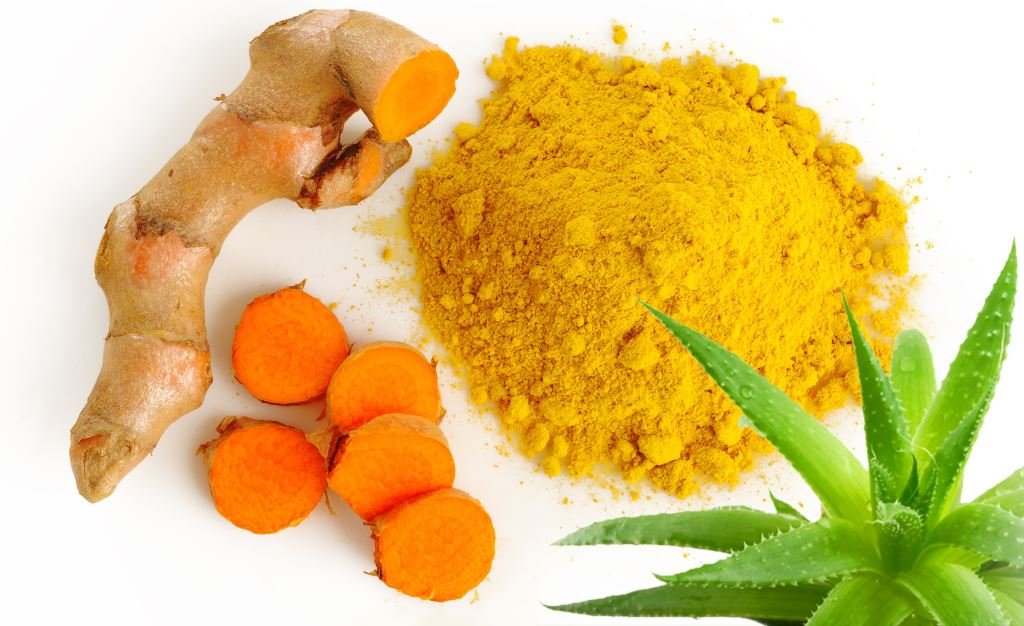Why Cambodian Agriculture is the Future of Sustainable Food

Cambodia is a land of natural abundance. With fertile land, a tropical climate, and a young, hardworking population, the country holds massive potential to become a leader in sustainable agriculture.
1. Fertile Land and Abundant Water
Cambodia’s rich soil and seasonal rainfall support a wide range of crops — from rice and vegetables to fruits and herbs. Many provinces, like Battambang and Kampong Cham, are considered the agricultural hearts of the country.
2. Organic and Chemical-Free Farming Traditions
Many Cambodian farmers still use traditional, low-chemical farming practices. This creates opportunities for organic certification, which is in high demand worldwide.
3. Rising Interest in Local and Export Markets
With global interest in healthy food and superfoods, Cambodian products like moringa, lemongrass, turmeric, and jasmine rice are gaining recognition. Local demand for clean, traceable food is also growing.
4. Young Entrepreneurs and Agri-Tech
The new generation of Cambodian entrepreneurs is beginning to innovate in farming, processing, and e-commerce — just like Foodbodia. Technology and education are improving farming methods and connecting farmers to digital markets.
Conclusion:
Cambodia’s agriculture sector is not just surviving — it’s growing. With the right investment, support, and innovation, Cambodian farmers can feed local and global communities with high-quality, sustainable products. At Foodbodia, we’re proud to support this journey and bring Cambodian agricultural products directly to your home.
Leave a Reply